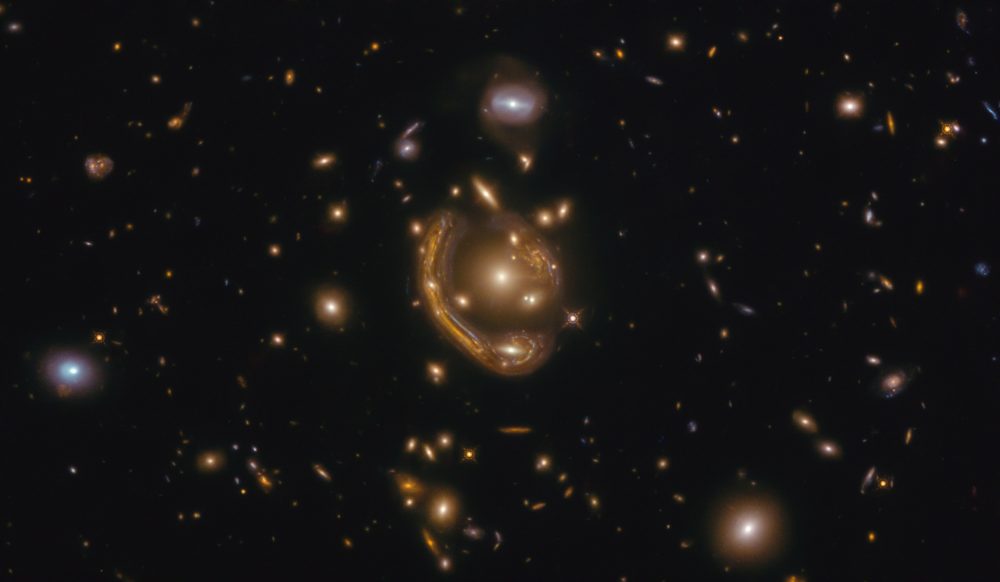After nearly a decade of speculation, scientists have finally pinpointed the source of the strange sounds emanating from the depths of the Mariana Trench. These eerie noises, known as “biotwang,” puzzled oceanographers since they were first detected in 2014. Now, thanks to advanced research and new technological tools, the culprit has been identified as the Bryde’s whale (Balaenoptera edeni).
Unmasking the Biotwang: A Whale’s Call in the Deep
The enigmatic biotwang sound, which could easily be mistaken for something out of a science fiction movie, consists of two distinct components. The first is a low, rumbling noise, followed by a high-pitched metallic ring. To some, the second part resembles the sound effects from popular sci-fi franchises like Star Trek or Star Wars. Initially, the odd nature of these sounds baffled researchers.
In 2016, scientists hypothesized that these sounds might be coming from large baleen whales, such as the blue whale (Balaenoptera musculus) or the humpback whale (Megaptera novaeangliae). However, these calls didn’t perfectly match any known recordings from these species. Now, a new study published in Frontiers in Marine Science has provided conclusive evidence that Bryde’s whales are responsible for these strange, otherworldly sounds.
The Role of Technology in Unlocking the Mystery
To solve this mystery, researchers combed through over 200,000 hours of underwater recordings collected near the Mariana Trench, which is the deepest ocean trench on Earth, located in the Pacific Ocean, south of Japan. They utilized cutting-edge artificial intelligence (AI) tools that analyzed and categorized the sounds. These AI systems were able to convert the audio into visual spectrograms, making it easier to distinguish the biotwang from other marine noises.
Further confirmation came when a group of 10 Bryde’s whales was spotted near the Mariana Islands, and researchers were able to capture recordings of nine of them producing the biotwang noise. This data, combined with the migration patterns of the species, cemented the conclusion that Bryde’s whales were behind the sounds.
A Rare Phenomenon with Regional Roots
Interestingly, the study revealed that this biotwang noise is only heard in the northwest Pacific, despite Bryde’s whales being found across much of the world’s oceans. This suggests that the whales making these distinctive calls may belong to a specific population, exclusive to that region.
The recordings also showed a significant spike in biotwang activity during 2016. This coincided with an El Niño event, which raised ocean temperatures and increased the number of Bryde’s whales in the area. However, while scientists now know which species is behind the sound, they still aren’t certain why it sounds so unique.
Why Do Bryde’s Whales Make These Sounds?
Researchers believe that the biotwang may function as a contact call, akin to a game of “Marco Polo,” helping whales locate one another across vast distances in the open ocean. However, this theory remains speculative, and more research is needed to fully understand the purpose of these calls. “It’s possible that these sounds are used as a sort of ‘Marco Polo’ of the ocean, but we need further information to confirm this,” explained study lead author Ann Allen, an oceanographer with the NOAA Pacific Islands Fisheries Science Center.
What’s Next for Ocean Acoustic Research?
This discovery is just the beginning. Researchers hope to uncover more about the behaviors and communication methods of marine life. The continued use of AI and machine learning in marine biology could lead to even more breakthroughs, helping scientists unlock the mysteries of the ocean’s most elusive creatures.
For now, the Mariana Trench holds many more secrets, but the mystery of the biotwang has been put to rest. What do you think the ocean might reveal next? Could there be more undiscovered sounds lurking in the deep, waiting to be explained?











